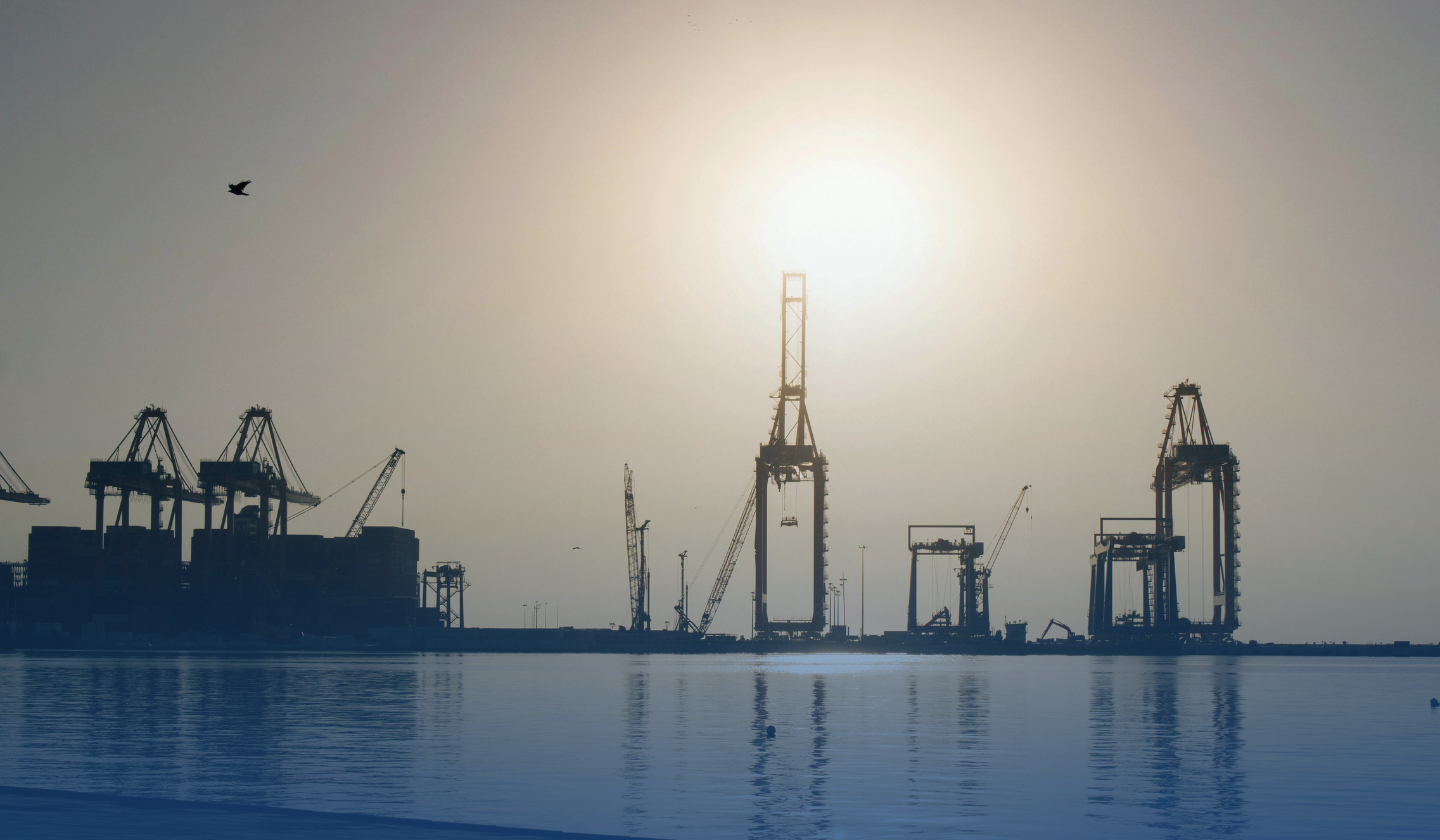Before 2008–2009, I was involved in several intergovernmental initiatives between Arab Gulf governments, Chambers of Commerce, and private businesses. All these projects were carried out in the pre-social-media era, and one major lesson stood out: it is entirely possible to open a government door or a business door — even without knowing anyone inside.
With the right messaging and communication that directly addresses the other party’s pain points and strategic goals, you can gain access even to the most closed-off institutions, including government entities.
Having proven this in practice, we gained the confidence to do the same in the interest of other foreign businesses.
First Clients: A Financial Crisis Turns into an Opportunity
Around the time of the global financial crisis, liquidity began to dry up in various countries of the world, including Ukraine, where our main business was based at that time. Recognizing the timing, we started marketing the opportunity to raise capital in the Arab Gulf to large Ukrainian companies.
Several expressed interest in seeking investment for their ongoing projects, which helped us sign our first four clients—each aiming to raise between $10 million and $130 million, either for their project finance or for their private equity funds.
Our fundraising strategy was structured in two phases:
Stage One: Travel across the region (Qatar, UAE, Saudi Arabia, and Kuwait) with a consolidated set of business opportunities. The goal was to meet as many relevant investors as possible and gauge interest.
Stage Two: Arrange follow-up meetings between interested investors and each client individually for deeper, project-specific discussions.
As it goes without saying, video calls were not even considered as a tool for a meeting with any of the decision makers. All arrangements had to be done face-to-face.
We implemented exactly this plan. Stage one turned out to be the most challenging—requiring cold calls to investment funds and family offices, extensive networking, and leveraging every relevant contact we had, seeking meetings with people or through people we never met, including those from my prior online initiative called “Arab Gateway to Ukraine.”
In the end, we secured 36 meetings across four countries, covering institutional investors, high-net-worth individuals, and even some members of royal families. While not all meetings were successful, each of the four clients ended up with at least 3–4 interested parties ready to talk further.
Stage Two: Moving Toward Engagement
As we moved to the second stage, the dynamics shifted. One of the clients dropped out before the follow-up meetings, citing internal changes and a lack of executive availability. Another began a promising email exchange with a potential investor right away, even without a business trip. The potential investor – a well known investment fund from Kuwait requested detailed financials, revenue breakdowns, technical characteristics of the products and growth projections. Two remaining clients decided to travel to meet prospects in person.
Despite all this effort, none of the interactions resulted in closed deals: the two business trips brought a lot of insights, but no investor decided to proceed with the deals. The Kuwaiti investor finally decided not to proceed with the opportunity offered by our client.
On paper, the roadshow may have appeared unsuccessful. But I don’t view it that way. Under highly challenging circumstances, we still got every client in front of multiple serious investors. We built instant credibility despite having no local base in the Gulf and opened conversations with fund managers, royal family members, and high-level decision-makers. All of the clients we signed were thankful for the opportunities we created for them and served as referral points for our next clients.
And, of course, the trip significantly expanded our network—by a factor of three or four compared to previous projects. The expertise gained during that process proved critical in signing new clients and eventually closing successful deals.
The main conclusion of the whole project for myself was clear: to scale our success and deepen trust, we needed a physical base in the GCC. This realization led to the opening of our Dubai office in 2013 followed by my own decision to relocate to the region the same year.
Looking Back
In hindsight, the trip was a convergence of preparation, opportunity, and valuable lessons. It taught me more about trust-building, stakeholder navigation, and the nuances of regional fundraising than any other project had before. Many of the relationships formed during that time still endure, and the insights continue to shape my work till today.




